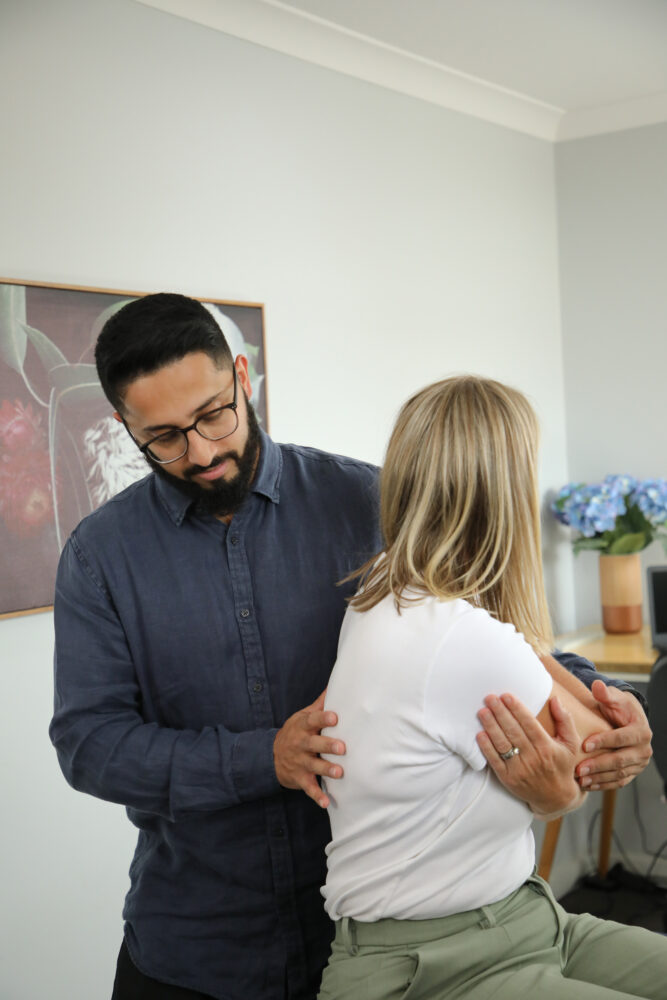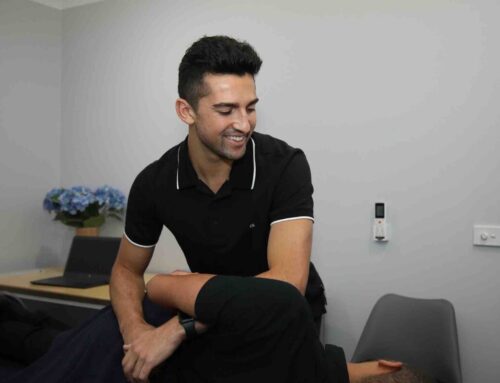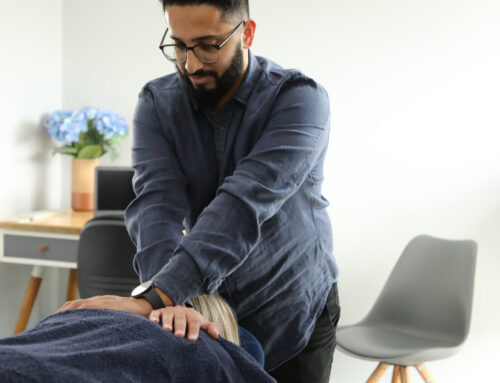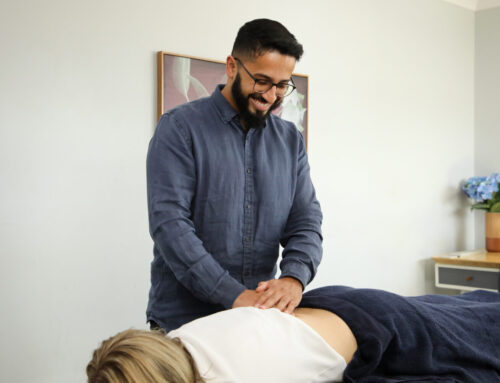Ankylosing spondylitis (AS) is a chronic inflammatory condition primarily affecting the spine and sacroiliac joints, leading to pain, stiffness, and potential fusion of the vertebrae. As an osteopath, understanding and addressing AS is crucial in providing comprehensive care to our clients. This blog will delve into the symptoms, causes, and treatment options for AS, with a special focus on how osteopathy may play a pivotal role in managing this condition.

Image: https://medlineplus.gov/genetics/condition/ankylosing-spondylitis/
Symptoms of Ankylosing Spondylitis (AS)
AS typically begins in early adulthood, with symptoms often appearing between the ages of 20 and 40. The hallmark signs include chronic pain and stiffness in the lower back and hips, especially in the morning or after periods of inactivity. Over time, this stiffness can progress up the spine and into the neck, leading to a reduced range of motion and potential spinal deformity. Other symptoms may include:
- Fatigue
- Inflammation of the eyes (uveitis)
- Cardiovascular issues (in severe cases)
Cause of AS
The exact cause of AS is not well understood, but it is believed to involve a combination of genetic and environmental factors. The presence of the HLA-B27 gene is strongly associated with AS, although not everyone with this gene will develop the condition.
 Diagnosis of AS
Diagnosis of AS
Diagnosing AS involves a combination of patient history, physical examination, and imaging studies. X-rays, MRI, or CT scans can reveal characteristic changes in the spine and sacroiliac joints. Blood tests may also be used to check for the HLA-B27 gene and markers of inflammation.
Osteopathic Treatment for AS
While there is no cure for AS, osteopathic treatment can significantly improve quality of life by managing symptoms and enhancing mobility. As osteopaths, we take a holistic approach, focusing on the musculoskeletal system and considering the whole body in our treatment plans.
- Manual Therapy: Gentle manipulation and stretching techniques can help maintain spinal flexibility, reduce stiffness, and alleviate pain. This includes techniques such as myofascial release, muscle energy techniques, and soft tissue massage to improve blood flow and decrease muscle tension.
- Exercise and Movement: A tailored exercise program is vital for AS patients. Regular movement helps maintain flexibility and strength in the spine and other affected joints. Low-impact exercises, such as swimming, walking, and yoga, are particularly beneficial.
- Posture Education: Educating patients on maintaining good posture during daily activities can prevent further spinal deformities and reduce strain on the back.
- Pain Management: Osteopaths can employ various techniques to manage pain, including gentle joint mobilization, acupuncture, and recommending heat or cold therapy.
- Lifestyle and Nutritional Advice: Encouraging a healthy lifestyle, including a balanced diet and quitting smoking, can help manage inflammation and improve overall health. Nutritional supplements, such as omega-3 fatty acids, may also be beneficial in reducing inflammation.
Conclusion
Ankylosing spondylitis is a challenging condition, but with the right approach, its impact can be significantly minimised. As osteopaths, we are dedicated to providing comprehensive care that addresses not just the symptoms but the overall well-being of our patients. By combining manual therapy, exercise, posture education, and lifestyle advice, we aim to enhance mobility, reduce pain, and improve the quality of life for those living with AS. If you or someone you know is struggling with AS, please make an appointment with us today here or call 5941-4157 to chat with our friendly reception team.
References:
https://www.mayoclinic.org/diseases-conditions/ankylosing-spondylitis/symptoms-causes/syc-20354808
https://my.clevelandclinic.org/health/diseases/ankylosing-spondylitis
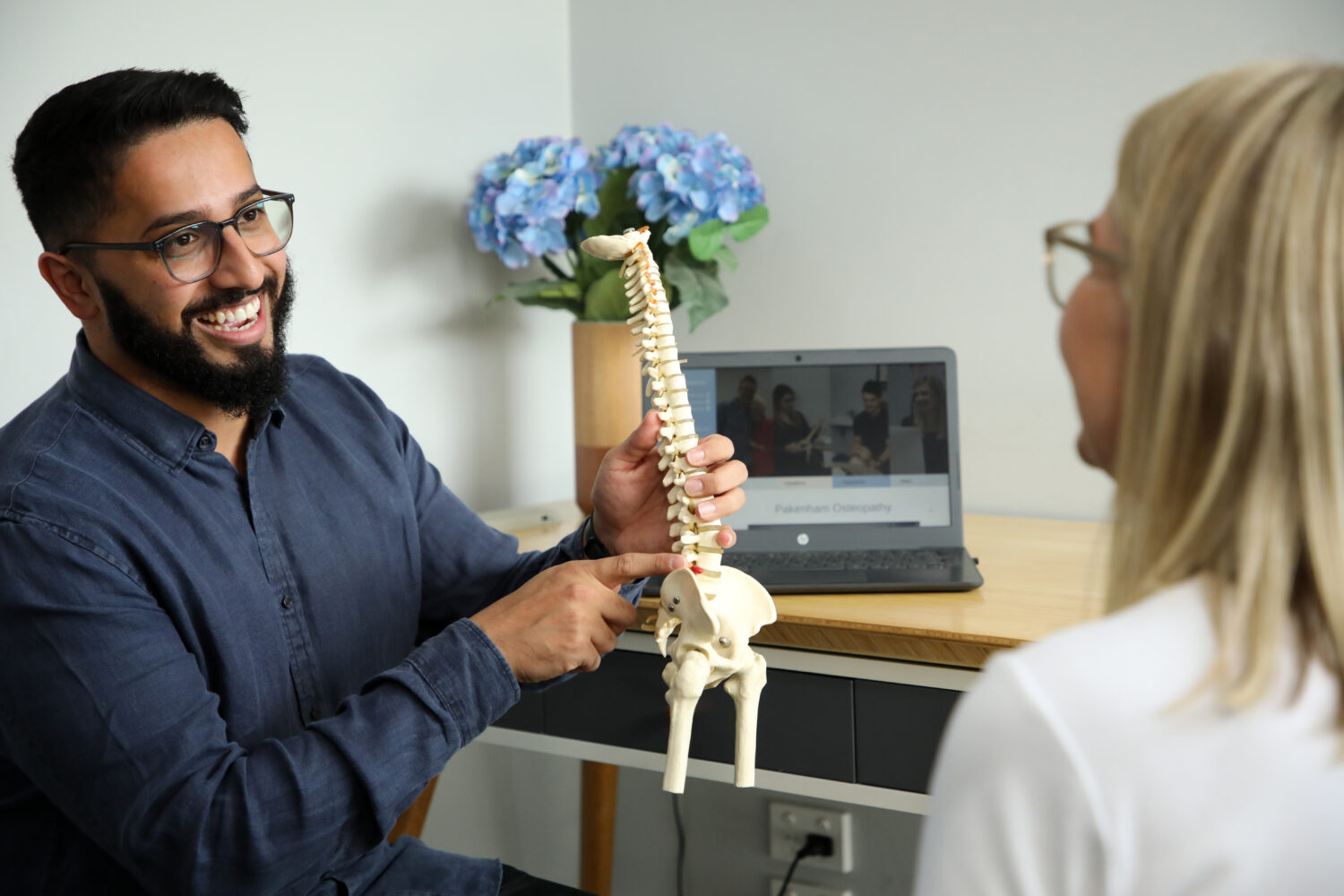 Diagnosis of AS
Diagnosis of AS